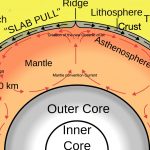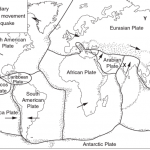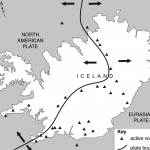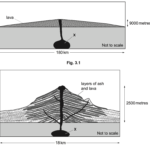| Mechanisms of plate movement including internal heating, convection currents, plumes, subduction and rifting at plate margins
Characteristics of volcanoes (shield, composite and cinder) formed by varying types of volcanic eruption; and associated secondary hazards (pyroclastic flows, lahars, landslides) Characteristics of earthquakes (depth of focus, epicentre and wave types) caused by varying types of plate margin movement and human triggers (dam building, resource extraction); and associated secondary hazards (tsunami, landslides, liquefaction, transverse faults) Classification of mass movement types according to cause (physical and human), liquidity, speed of onset, duration, extent and frequency |
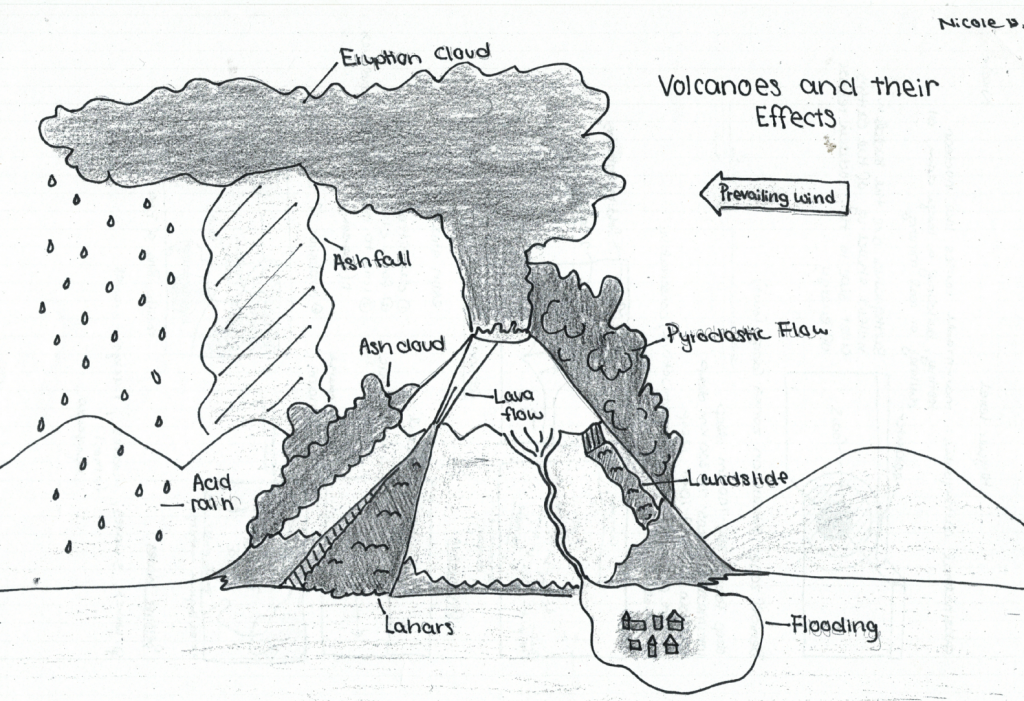
Geophysical systems
Geophysical hazard risks and vulnerability
| Two contemporary contrasting case studies each for volcanic hazards, earthquake hazards and mass movement hazards (see guidance above)
• For each geophysical hazard type, the case studies should develop knowledge and understanding of: – geophysical hazard event profiles, including any secondary hazards – varied impacts of these hazards on different aspects of human well-being – why levels of vulnerability varied both between and within communities, including spatial variations in hazard perception, personal knowledge and preparedness |
Future resilience and adaptation
| Global geophysical hazard and disaster trends and future projections, including event frequency and population growth estimates
Geophysical hazard adaptation through increased government planning (land use zoning) and personal resilience (increased preparedness, use of insurance and adoption of new technology) Pre-event management strategies for mass movement (to include slope stabilization), earthquakes and tsunami (to include building design, tsunami defences), volcanoes (to include GPS crater monitoring and lava diversions) Post-event management strategies (rescue, rehabilitation, reconstruction), to include the enhanced use of communications technologies to map hazards/disasters, locate survivors and promote continuing human development |

